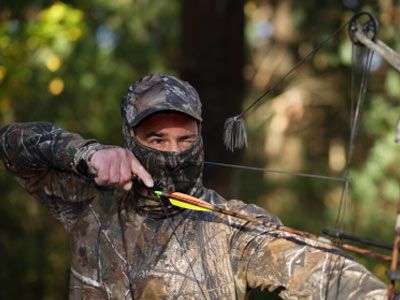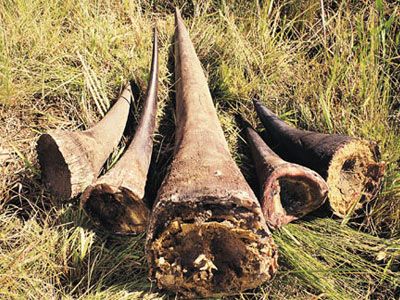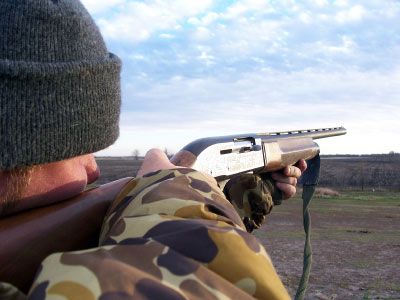At first glance, hunters and ATV riders have little in common. One sits quietly in the woods, patiently waiting for his or her moment to act. The other tears around the woods on a loud motorized toy, leaving a trail of exhaust.
Believe it or not, these two can be one and the same when they're united for a common purpose: hauling hunters and gear into the woods. In this article you'll learn about how hunting ATVs work, why hunters use them, how they handle and some of the accessories and types available. But first, let's talk ATV basics.
Advertisement
If you take a look at the range of all-terrain vehicles on the market, you'll notice two kinds: sport models and utility models [source: Tranby].
Sport models are primarily made for fun. They're lighter than the utility models, more maneuverable, and built for speed. Utility models, on the other hand, are bigger, heavier, can handle more cargo and can be customized for particular jobs.
As you might have guessed, hunting ATVs fall into the utility category. ATVs typically are single-rider vehicles that are powered by a gas or electric engine. Engines are described by their size, measured in cubic centimeters. The more ccs, the more power. Adult models typically range from 250 cc to 1,000 cc [source: Tranby].
To handle off-road terrain, ATVs have suspension systems that are either fully independent or a combination of front independent suspension with a swing arm on the rear suspension. The swing arm is basically a solid axle that's connected to an arm that moves up and down to absorb some of the shock.
ATVs ride on four heavy-duty tires designed to handle a variety of terrain. Four-wheel drive is the most popular, with two-wheel drive a distant second. There are three-wheeled ATVs out there, but they're no longer manufactured in the United States because of their tendency to flip over. ATVs are continually evolving; Yamaha and Honda now offer power steering on some ATV models.
Read on to find out why hunters like using ATVs.
Advertisement



